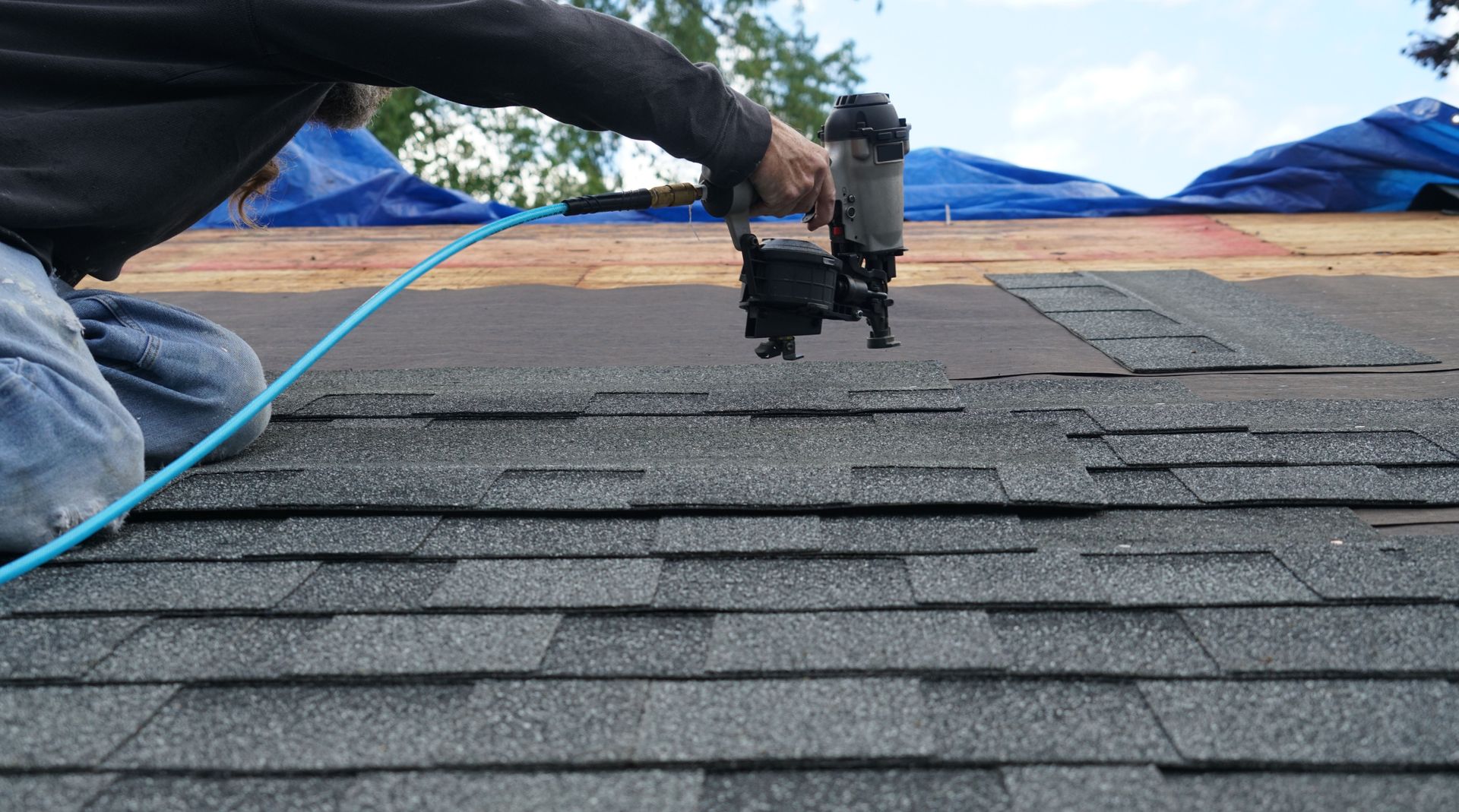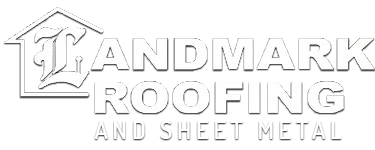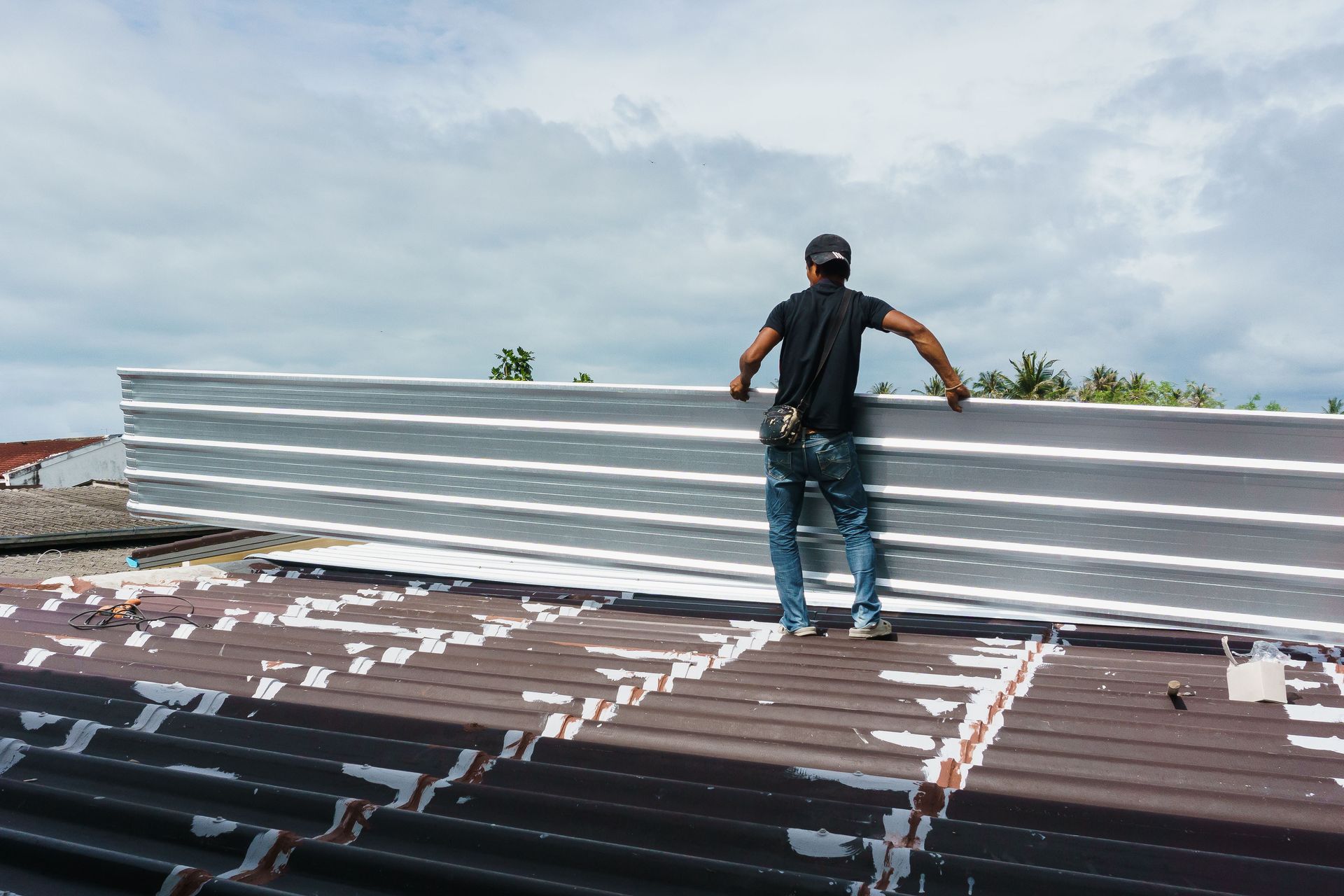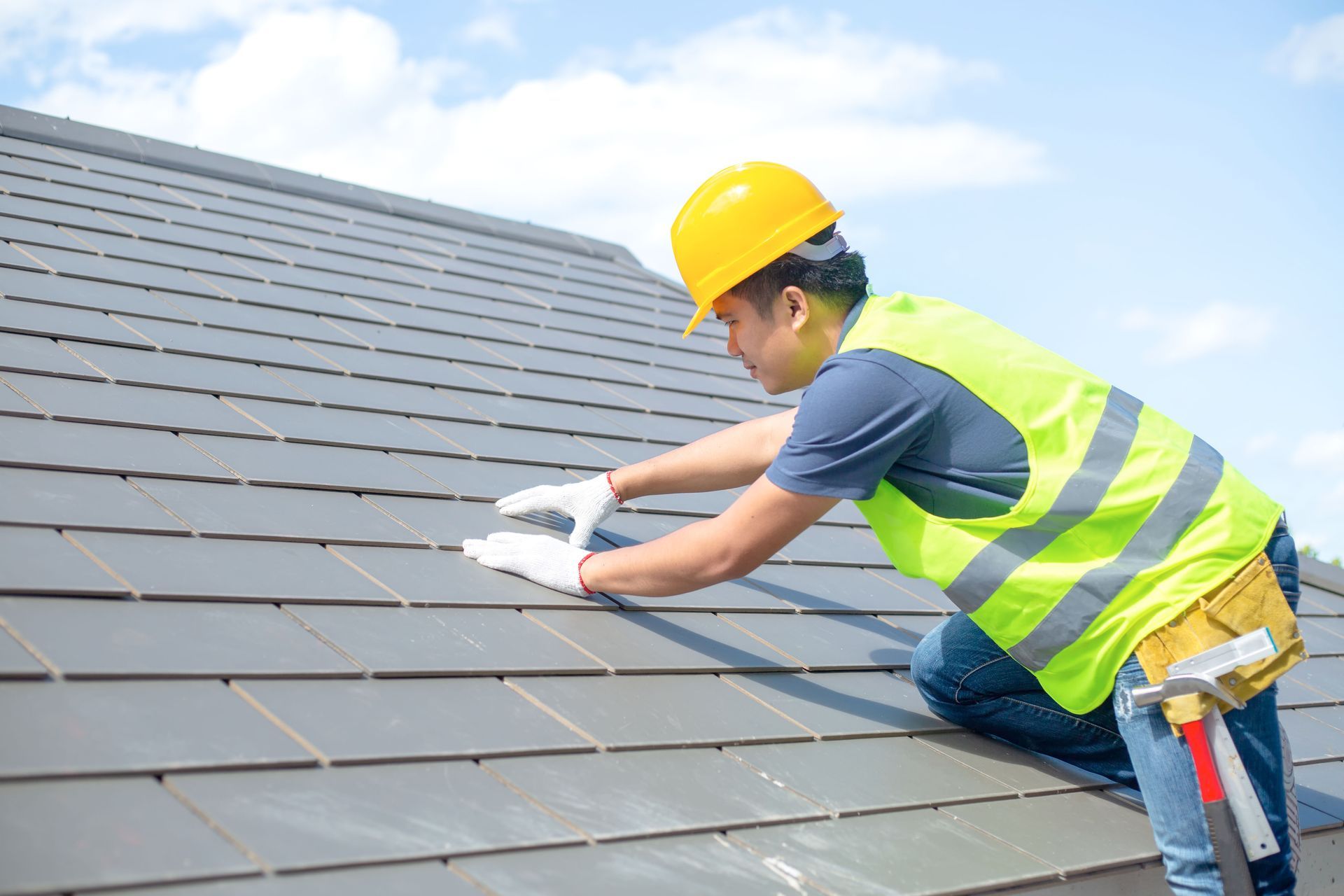10 Ways Commercial Roofing Can Improve Energy Efficiency
In today's competitive business landscape, energy efficiency isn't just a buzzword—it's a bottom-line imperative. For property owners and facility managers, optimizing operational costs and maintaining long-term sustainability are strategic goals that directly influence profitability. One of the most impactful yet often overlooked avenues for achieving these objectives lies quite literally overhead: your roof. Commercial roofing systems have evolved dramatically in recent years, offering sophisticated materials, coatings, and technologies that drive measurable improvements in building performance.
Commercial roofing isn't merely about weather protection anymore. It's about creating an integrated building envelope that supports temperature regulation, minimizes energy loss, and contributes to environmental responsibility. The following strategies demonstrate how modern roofing solutions can significantly elevate energy efficiency while supporting long-term cost savings and corporate sustainability goals.
1. Enhancing Energy Efficiency Through Reflective Roofing Technology
Reflective roofing materials—commonly known as cool roofs—have become a cornerstone of modern energy-efficient design. These systems are engineered to reflect more sunlight and absorb less heat than traditional roofing surfaces, reducing the need for mechanical cooling during peak daytime hours.
When a commercial property invests in a reflective roofing membrane, such as TPO or white-coated modified bitumen, the building experiences a substantial decrease in heat transfer through the roof. This translates directly into lower HVAC demand and reduced energy expenditures during the hottest months of the year. Over time, the cumulative savings can make a significant dent in operational costs.
Beyond the immediate financial returns, reflective roofing technology helps reduce a property's environmental footprint. By minimizing heat absorption, these roofs mitigate the urban heat island effect—a phenomenon that raises surrounding air temperatures in densely built environments. For businesses aiming to enhance their ESG performance, reflective roofing provides a clear pathway toward greater energy efficiency and sustainability leadership.
2. Improving Energy Efficiency Through Advanced Insulation Systems
Effective insulation is the foundation of any high-performance commercial roofing system. The right insulation strategy ensures thermal stability, maintaining comfortable interior temperatures while preventing energy waste through heat loss or gain.
Modern commercial roofing installations incorporate polyisocyanurate (ISO) or extruded polystyrene (XPS) insulation layers that deliver exceptional thermal resistance. These materials are strategically placed to minimize air infiltration and maintain consistent indoor comfort, even as exterior conditions fluctuate. The result is a building that requires less energy to heat and cool, supporting both cost efficiency and operational resilience.
For many organizations, upgrading insulation within an existing roof assembly can yield a rapid return on investment. It reduces reliance on mechanical systems, stabilizes indoor climates, and extends the lifespan of the overall roofing system. A well-insulated roof isn't just an energy solution—it's a long-term performance asset that safeguards the building envelope against thermal stress and moisture intrusion.
3. Driving Energy Efficiency Through Strategic Roofing Design and Installation
Energy performance begins at the design stage. A properly engineered commercial roofing system takes into account slope, drainage, ventilation, and material compatibility to ensure optimal functionality. These design variables influence not only the structural integrity of the roof but also its ability to manage heat flow and moisture—two critical factors in energy efficiency.
Professional roofing contractors understand that every commercial property has unique operational requirements and environmental exposures. A manufacturing facility, for instance, will have different insulation and ventilation needs than a multi-tenant office complex. Through precision design and installation, roofing professionals align system specifications with the building's performance goals, ensuring that the roof operates as a high-efficiency component within the broader energy ecosystem.
This strategic approach positions the roof as a proactive energy manager rather than a passive barrier, optimizing internal comfort and reducing overall consumption across the building lifecycle.
4. Increasing Energy Efficiency Through Green Roofing Systems
Green roofs—living systems that integrate vegetation and growing media over waterproof membranes—represent a transformative innovation in commercial roofing. These systems provide natural insulation, reduce heat absorption, and enhance air quality while contributing to stormwater management and biodiversity.
From an energy standpoint, a green roof acts as a thermal buffer. The vegetative layer shields the roof membrane from direct sunlight, reducing heat gain in summer and insulating the structure during cooler months. This natural temperature regulation translates into lower HVAC loads and stabilized indoor environments throughout the year.
In addition, green roofing contributes to a company's environmental stewardship narrative. It signals a commitment to sustainable urban development and can even enhance property value by differentiating the building in competitive markets. The aesthetic and ecological benefits, combined with tangible energy savings, make green roofs an increasingly attractive investment for forward-thinking organizations.
5. Strengthening Energy Efficiency Through Roof Coating Applications
Roof coatings provide a cost-effective and performance-enhancing solution for extending the life of existing commercial roofing systems while improving energy efficiency. Elastomeric coatings, acrylics, and silicone-based finishes form a protective, reflective surface that minimizes thermal transfer and protects the roof from UV degradation.
By creating a seamless barrier against heat and moisture, roof coatings reduce thermal cycling—the expansion and contraction caused by temperature fluctuations—which can lead to premature wear. The reflective properties of these coatings also lower rooftop temperatures, keeping internal spaces cooler and reducing HVAC demand during peak seasons.
From a financial perspective, coatings offer dual value: they extend the roof's service life and decrease ongoing energy costs. This dual advantage reinforces the role of commercial roofing as both a cost-control mechanism and a sustainability driver.
6. Elevating Energy Efficiency Through Integrated Solar Roofing Solutions
Solar integration has become a defining feature of next-generation commercial roofing. Pairing photovoltaic panels with a durable, energy-efficient roofing substrate enables businesses to generate their own clean power while maintaining a protective building envelope.
A solar-ready roof is designed to support the weight and orientation of panels for maximum exposure and energy yield. This integrated approach minimizes energy dependency on external grids, helping businesses hedge against fluctuating utility costs and future-proof their operations.
Moreover, the combination of solar generation with reflective or insulated roofing compounds the energy benefits. Businesses not only reduce consumption but actively produce renewable power, positioning their facilities as models of sustainable performance. The strategic synergy between solar and roofing technologies underscores how commercial roofing systems can directly contribute to long-term energy independence.
7. Sustaining Energy Efficiency Through Preventive Maintenance Programs
Even the most advanced commercial roofing system requires consistent oversight to maintain peak efficiency. Preventive maintenance programs are critical to preserving the energy-saving capabilities of the roof over time.
Routine inspections identify potential issues such as membrane punctures, seam separations, or insulation degradation before they escalate into costly failures. By addressing these concerns early, property managers ensure that the roof continues to perform as a thermal and moisture barrier, sustaining energy efficiency and operational stability.
Regular maintenance also enhances asset longevity, delaying the need for full replacement and optimizing the return on investment. When maintenance is viewed as an ongoing strategic initiative rather than a reactive expense, it becomes an integral component of a building's energy management framework.
8. Maximizing Energy Efficiency Through Long-Term Roofing Investments
Commercial roofing should be viewed not as an expense but as a capital investment with measurable performance outcomes. The decision to install, upgrade, or maintain an energy-efficient roofing system has lasting implications for a company's operational costs, environmental footprint, and corporate reputation.
According to Roofer's Guild, the U.S. roofing market is expected to grow at an annual rate of 6.6% from 2024 to 2032. This growth underscores a widespread recognition among business owners that roofing investments are pivotal to long-term value creation. As materials, technologies, and sustainability standards continue to evolve, organizations that prioritize roofing innovation will be well-positioned to capture both financial and environmental advantages.
Incorporating high-performance materials, reflective coatings, and integrated systems transforms the roof from a passive structure into a strategic business asset. It enhances energy resilience, reduces lifecycle costs, and reinforces the company's commitment to sustainable operations.
9. Advancing Energy Efficiency Through Smart Roofing Technologies
The convergence of technology and roofing has ushered in a new era of energy management. Smart roofing systems equipped with embedded sensors and IoT connectivity enable real-time monitoring of thermal performance, moisture levels, and overall system health.
These intelligent platforms provide actionable data that allows facility managers to make informed decisions regarding maintenance, insulation upgrades, and energy optimization. By integrating smart technology into commercial roofing, organizations can proactively manage energy performance, detect inefficiencies early, and forecast maintenance needs with precision.
This data-driven approach transforms energy management from a reactive to a predictive process, aligning building performance with corporate sustainability objectives. It also helps organizations meet compliance benchmarks and strengthen their market positioning as leaders in innovation-driven facility management.
10. Amplifying Energy Efficiency Through Comprehensive Roofing Partnerships
Sustainable success in energy management hinges on collaboration. Partnering with a trusted commercial roofing provider ensures that every stage of the process—from material selection to installation and maintenance—is executed with precision and alignment to energy goals.
An experienced roofing partner brings technical insight, product expertise, and performance accountability to every project. They assess the unique energy dynamics of the property, recommend tailored solutions, and provide ongoing support that maximizes the system's value. This holistic partnership model transforms the roofing process from a transactional service into a long-term energy performance strategy.
By leveraging professional guidance and proven technologies, businesses can achieve a higher level of control over their operational efficiency and environmental impact.
Commercial roofing has evolved into a sophisticated energy management platform that directly influences building performance, operational costs, and sustainability metrics. Whether through reflective materials, advanced insulation, solar integration, or smart monitoring systems, the roof is no longer a static structure—it's a dynamic contributor to efficiency and profitability.
For organizations seeking to optimize their bottom line while demonstrating environmental leadership, investing in high-performance commercial roofing is a forward-thinking move. If you're looking for commercial roofing services, contact Landmark Roofing & Sheet Metal today.





Share On: